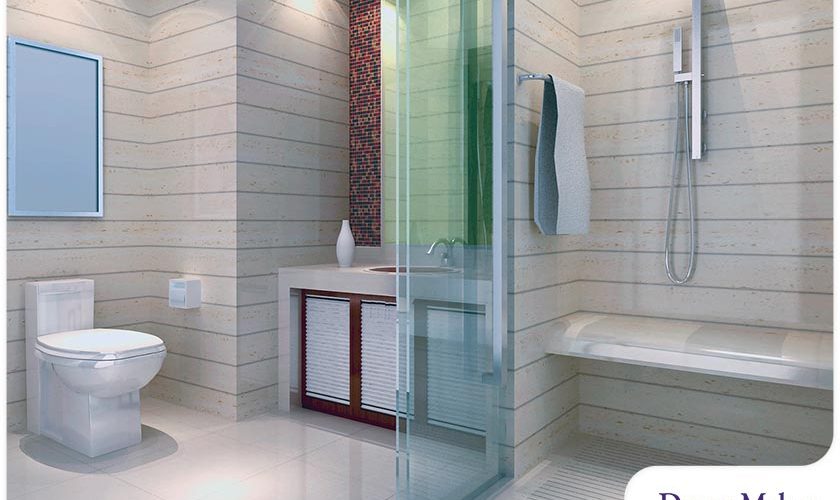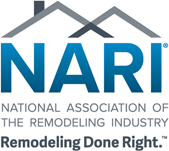
Did you know that 90% of seniors want to stay in their current home as they age? It’s also important to note that 61 million adults in the U.S. alone live with some type of disability. For this reason, many homeowners are renovating their homes to be more accessible. However, even though mobility remodeling has been a trend for many years, there are still plenty of misconceptions surrounding it.
To help you separate fact from fiction, DreamMaker Bath & Kitchen of Burlington County discusses three common myths about aging-in-place design and accessibility remodeling.
Myth #1: You Will Need to Remodel Your Entire Home
The extent of accessibility remodeling will depend on your current home. However, you may only need to modify two or three parts of your home. Take your bathroom as an example. If you’re going to invest in one room, the bathroom is ideal because more accidents occur here than anywhere else in the house. One way to prevent slipping and falling is to install a non-slip floor. Since it’s one of the most slip-resistant materials and it’s easy to install, consider vinyl for your flooring. If you’re interested in vinyl flooring for your bathroom, consult our contractors to get a bathroom quote.
Myth #2: Accessible Features Reduce Aesthetic Appeal
Many homeowners fear that they might lower their home’s aesthetic appeal if they install accessible features. However, you can design an accessible home and still maintain its appeal. For instance, since you need wider doorways to accommodate a wheelchair, you may want to consider French doors. Not only are they accessible, French doors add a classic and elegant look to your home.
Accessible homes should also have good lighting to make it easier to see. In rooms that don’t get enough sunlight, you may want to install full-spectrum light bulbs. These light bulbs help you see your environment clearly as well as improve your mood.
Myth #3: Accessible Features Only Focus on Safety
While safety is the primary focus when making your home more accessible, an aging-in-place design should be comfortable as well. Designing for comfort means looking for ways to relieve any stress or pain caused by a home’s design.
Since lever handles require much less grip strength than doorknobs, you may want to replace every door and cabinet knob. It may be a small change, but this upgrade goes a long way to improve comfort. A touchless kitchen faucet, which you can turn on simply by placing your hands under the spout, is also a comfort-enhancing installation you may want to consider.
Let’s Start a Conversation!
Instead of searching online for a “home remodeler near me“, go with DreamMaker Bath & Kitchen of Burlington County. Our professional contractors provide quality service for every home improvement project. Call us today at (856) 656-4488 or fill out our online contact form to book an appointment.




